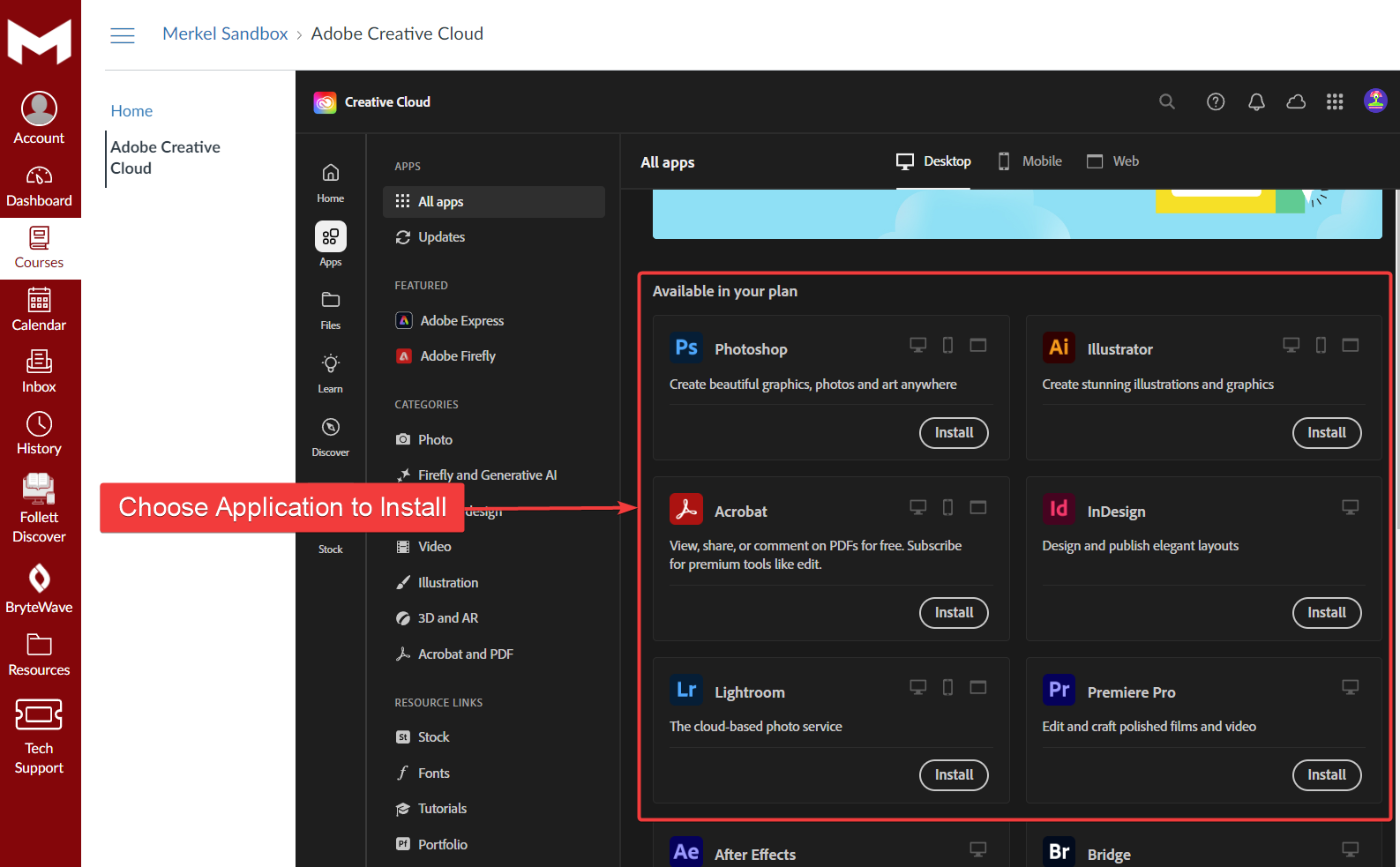Introduction to Sports Technology Labs
Welcome to the exciting world of sports technology labs, where innovation meets athletic excellence. These cutting-edge facilities are changing how athletes train, compete, and recover. With an impressive array of advanced tools and techniques at their disposal, sports technology labs are revolutionizing the landscape of athletics.
From tracking performance metrics with precision to utilizing virtual reality for immersive training experiences, these labs push boundaries like never before. Whether you’re a seasoned professional or a weekend warrior, the advancements happening in these tech-savvy environments can make all the difference in achieving peak performance.
Join us as we explore how sports technology is not only enhancing individual athlete capabilities but also transforming entire teams’ strategies and dynamics. The future of athletics is bright—and it’s unfolding right here in sports technology labs.
Advancements in Athletic Performance Tracking
Athletic performance tracking has seen remarkable innovations in recent years. Wearable technology like smartwatches and fitness trackers now provide real-time data on heart rate, speed, and distance. This information empowers athletes to optimize their training sessions.
Advanced sensors are also being integrated into equipment such as shoes and apparel. These devices measure biomechanics, offering insights that were once only available through laboratory testing.
Moreover, mobile apps play a crucial role by consolidating performance metrics into user-friendly interfaces. Athletes can easily monitor progress over time and adjust their routines accordingly.
The rise of artificial intelligence in sports technology labs is another game-changer. AI algorithms analyze vast amounts of data to identify patterns that help enhance overall performance.
As these tools continue to evolve, the future looks promising for those looking to push their athletic boundaries further than ever before.
The Impact of Virtual Reality Training
Virtual reality training is transforming how athletes prepare for competition. This innovative approach immerses them in realistic game scenarios without the usual physical toll.
Athletes can practice their skills in a controlled environment. They face virtual opponents and experience high-pressure situations, allowing for improved decision-making and reaction times. The ability to repeat these scenarios enhances muscle memory and mental resilience.
Furthermore, coaches benefit from VR technology too. They can analyze an athlete’s movements in real time, providing immediate feedback to refine techniques or strategies.
As this technology becomes more accessible, we are likely to see it integrated into regular training regimens across various sports disciplines. It offers athletes a unique advantage in mastering their craft while minimizing risks associated with traditional training methods.
Enhancing Injury Prevention and Recovery with Technology
Technology has transformed the landscape of injury prevention and recovery in athletics. Advanced wearable devices now track player biomechanics, providing real-time feedback on movement patterns. This data helps coaches identify risky behaviors before they lead to injuries.
Moreover, innovative rehabilitation tools like neuromuscular electrical stimulation devices speed up recovery times by enhancing muscle strength and coordination. Athletes can train specific muscle groups without putting undue stress on healing tissues.
Telehealth options are also making waves, allowing athletes to consult with specialists remotely. This accessibility ensures that guidance is available even when an athlete cannot attend a physical appointment.
The integration of machine learning algorithms further personalizes training regimens based on individual needs and histories. By analyzing vast amounts of data, these systems pinpoint potential issues long before they surface as serious injuries.
With continuous advancements in sports technology labs, the future looks promising for safer athletic practices and faster recoveries.
Utilizing Big Data in Athlete Analysis and Strategy
Big data is transforming how athletes train and compete. With vast amounts of information at their fingertips, coaches can analyze player performance in real-time.
Data analytics tools track various metrics, from speed to heart rate. This allows for personalized training regimens tailored to an athlete’s unique strengths and weaknesses.
Coaches use insights gleaned from big data to develop strategies against opponents. Understanding patterns helps teams exploit vulnerabilities while enhancing their gameplay.
Moreover, wearable technology collects data on biomechanics and movement efficiency. This information supports injury prevention by identifying stress points before they lead to serious issues.
As a result, decisions are no longer based solely on instinct or experience; they’re backed by hard evidence. The marriage of sports technology labs with big data heralds a new era where informed choices drive athletic success.
The Future of Sports Technology: Predictions and Possibilities
The future of sports technology hints at a transformative landscape for athletes and fans alike. Imagine wearables that not only track performance but also provide real-time feedback on technique adjustments during a game.
Advancements in artificial intelligence will play a crucial role, analyzing player data to predict injuries before they occur. This proactive approach could redefine training regimens.
Moreover, the integration of augmented reality might change how we experience live events. Fans could enjoy immersive views from multiple angles right from their devices.
Collaboration between tech companies and sports franchises will drive innovation further. Expect to see tailored solutions that meet specific athlete needs, enhancing both performance and safety.
As technology continues to evolve, so too will our understanding of human potential in athletics. The possibilities are limited only by imagination and creativity within sports technology labs around the globe.
Conclusion: How Sports Technology is Revolutionizing the World of Athletics
The world of athletics is experiencing a transformative shift, largely driven by the innovations emerging from sports technology labs. These facilities are at the forefront of developing tools and methodologies that enhance every aspect of athletic performance. From tracking metrics to virtual reality training, these advancements are revolutionizing how athletes prepare and compete.
As technology continues to evolve, its integration into sports will only deepen. The potential for big data analytics in strategy development promises smarter game plans tailored specifically to each athlete’s strengths and weaknesses. Meanwhile, injury prevention technology could lead to safer playing conditions and faster recovery times.
Athletes today enjoy unprecedented access to resources that help them reach their peak performance while minimizing risk. This synergy between traditional training methods and modern tech creates an exciting landscape for future generations of athletes.
In this ever-evolving field, one thing remains clear: sports technology is not just enhancing performance; it’s reshaping what it means to be an athlete in today’s competitive environment. As innovations continue to emerge from dedicated sports technology labs worldwide, we can anticipate even more groundbreaking changes ahead that will redefine the boundaries of human athletic achievement.





